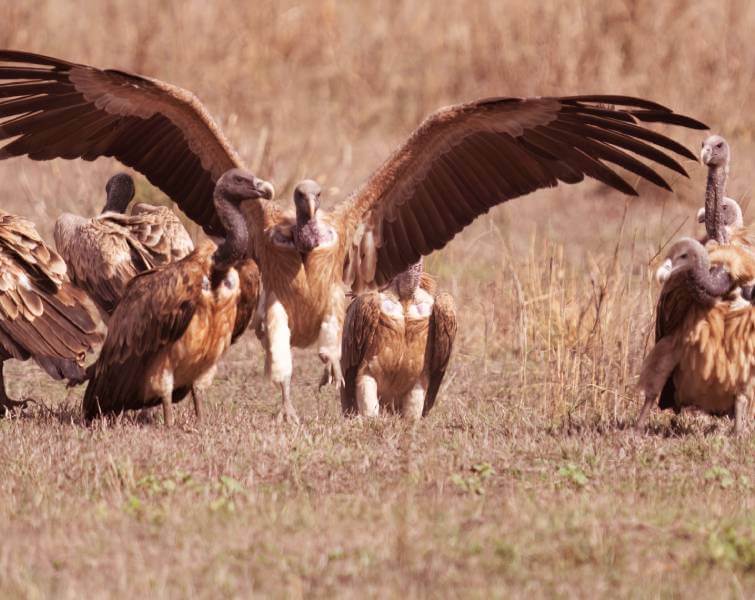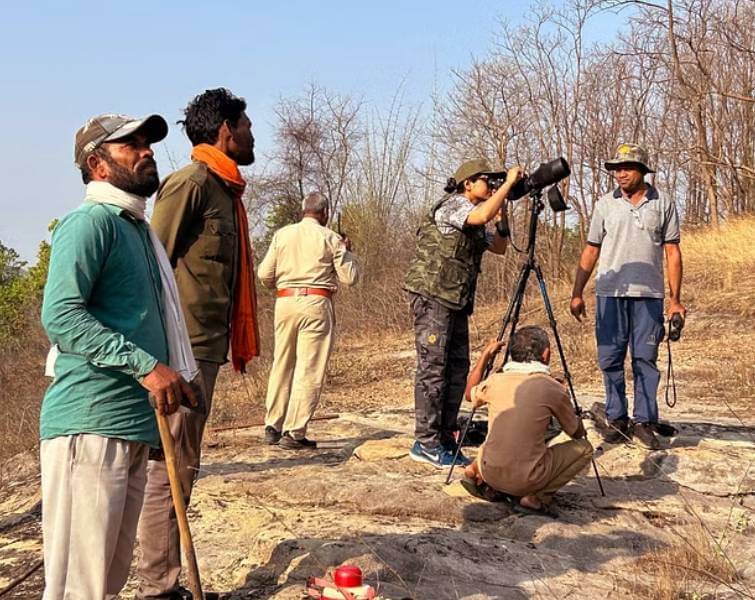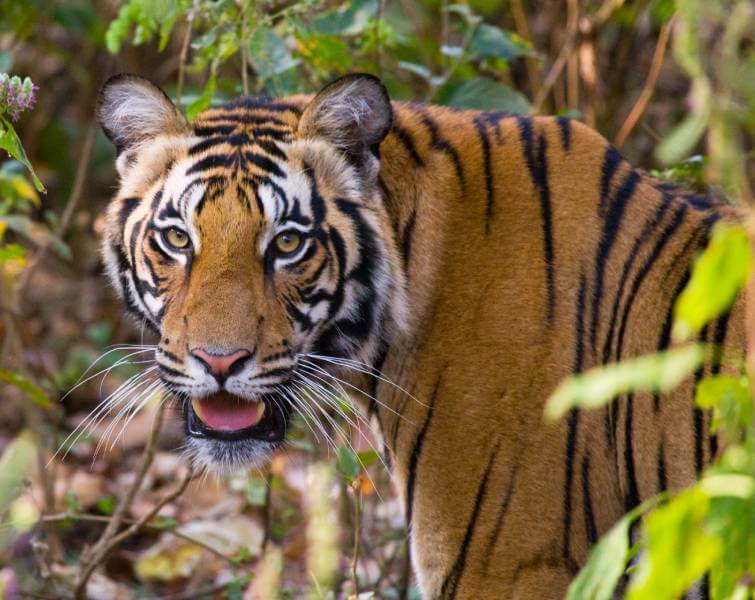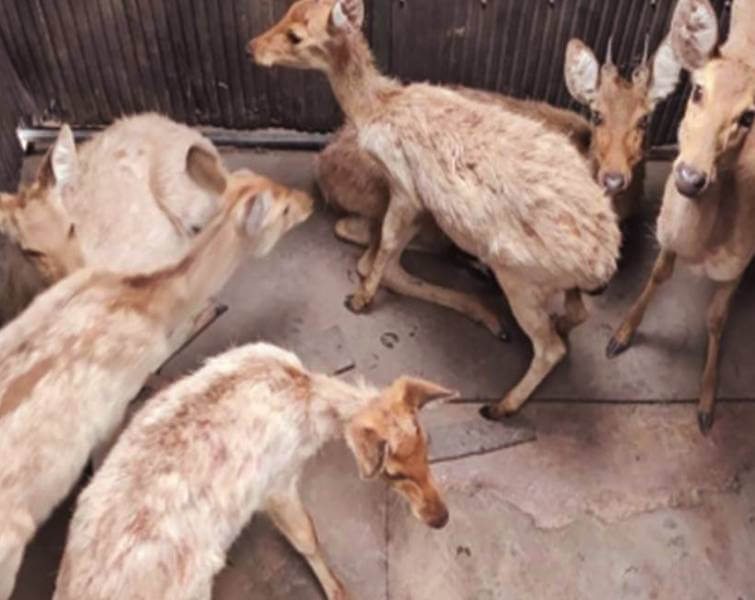
Great news for India’s Bandhavgarh National Park as it conducted its second time census of vultures in the year 2024. The census reveals that 343 vultures have been recorded in April and the results since the last census are quite satisfactory.
The Census Report of Vultures in Bandhavgarh National Park in India

Everyone might be curious to know how many vultures have been recorded in the month of April since the management had decided to conduct a census in April after February to assess the nature, number and condition of vultures in winter and summer in the Bandhavgarh region. A good and satisfactory increase is observed in the census as the presence of a total of 343 vultures has been found in the park. The data indicates that there are 300 adults and 43 children. Earlier, during the February census 2024, the number of vultures was 256, of which 242 were adults and 14 were children. The recent census shows that these birds in the park have increased by 87 in April as compared to February.
Many renowned bird specialists and an NGO team were behind the survey of April and also played a special role in calculating the vultures in the park. Modern cameras, binoculars and other special equipment were taken in order to count the birds.
New Observations Since the February Census on Vultures
Many new observations have come to light in the April census of vultures, mainly the expansion of the bird family into new areas of the Bandhavgarh National Park. According to the data and sources, these creatures were only limited to several areas of the park which includes Tala, Magadhi, Panpatha Kor, Pataur and others but were recently seen in the Dhamokhar and Panpatha areas of the buffer zone of the park.
In the winter census, around 256 vultures were recorded in the park but in just two months, the number increased to 343 which is great news for the management. The bird specialists and other experts believe that vultures have been classified as endangered, therefore, the expansion of numbers in the national park might be attributed to efforts to protect the ecosystem and animals. According to the study and survey, it has come to notice that the living habitat of birds changes according to the weather. These creatures feel more comfortable in hot weather rather than cold.
The vultures of the park were counted according to their nest building in trees and rocks and unique identification by the specialists. During the survey, many rare species of birds were also seen within the park region including native vulture, king vulture, Himalayan vulture, Eurasian vulture, cinereous vulture, summer vulture, white-footed vulture, red-crowned vulture, black vulture, yellow-billed vulture, Egyptian vulture, Indian long-billed vulture and many others.
- Important information – The data found in the calculations will be reviewed.
Other Interesting Blogs to Read
- 10 Best Places To Visit In Madhya Pradesh
- Ancient Artefacts Of 2,000-Year-Old Modern Society Discovered In Bandhavgarh Tiger Reserve In Madhya Pradesh
- 10 Tips For Planning Jungle Safari In Bandhavgarh National Park
- ASI Digs Up Ancient Buddhist Caves, Temples, Inscriptions In Bandhavgarh Tiger Reserve, Madhya Pradesh
- Success Story Of Tiger Relocation In MP: Nauradehi Sanctuary’s Tigress Spotted With Cubs
- Madhya Pradesh Reclaims Tag As India’s Tiger State With 526 Tigers In The Wild
- Best Hotels & Resorts to Stay in Bandhavgarh National Park
- Gems Of Bandhavgarh National Park Other Than The Big Cats



